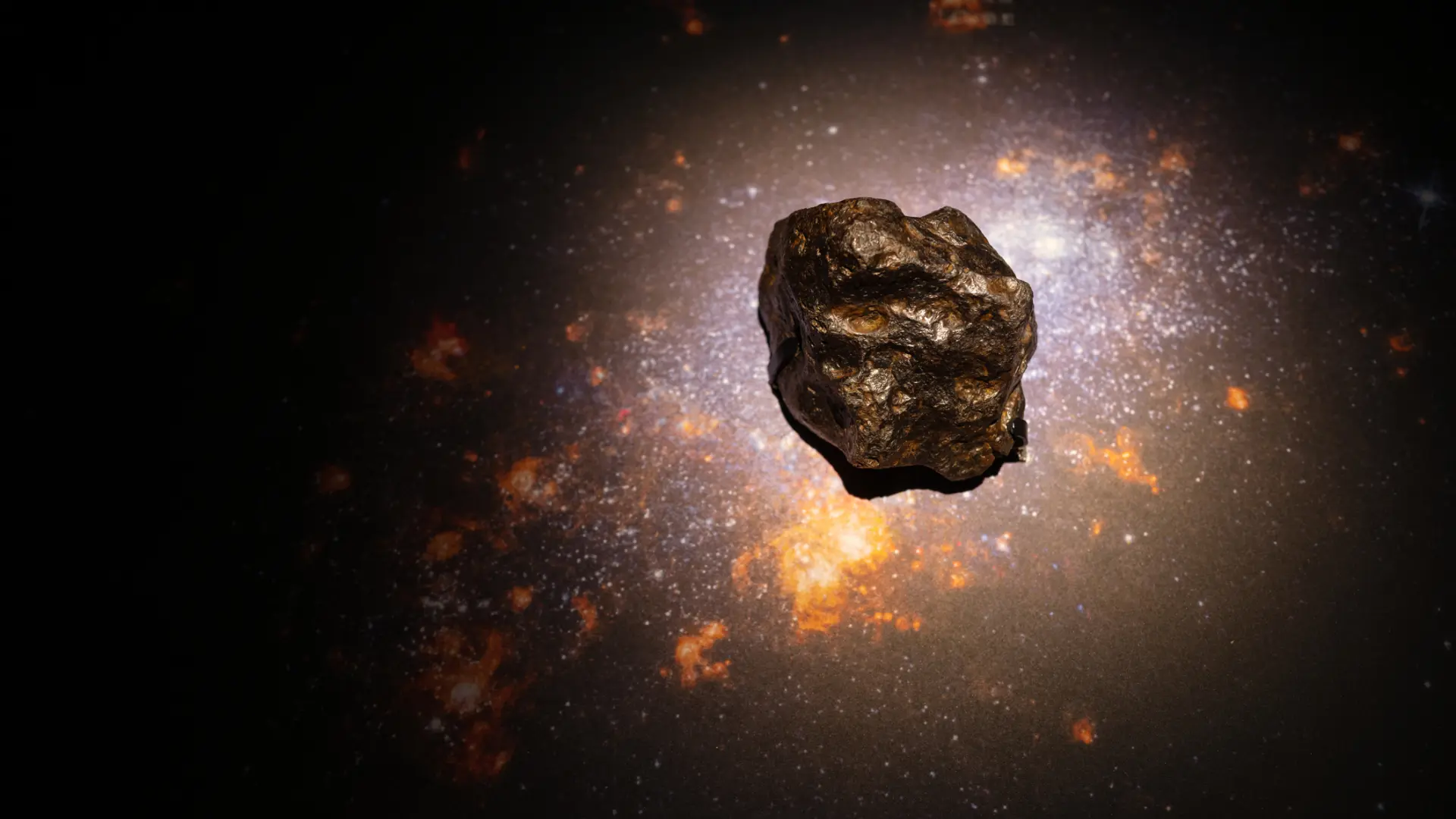
Billions of years ago, long before anything resembling life as we know existed, meteorites frequently struck the planet. One of those space rocks crashed about 3.26 billion years ago and even today reveals secrets about the past on Earth.
What happened when a meteorite the size of four Mount Everests hit Earth? A new study concludes that The impacts of this gigantic rock had a positive side for life: They could have allowed this one to flourish.
Published this Monday in the magazine Proceedings of the National Academy of Sciences (PNAS), the work sheds light on how the impact of the “S2” meteorite affected, of which geological evidence is today found in the Barberton green rock belt, in South Africa.
Through the painstaking work of collecting and examining rock samples separated by centimeters and analyzing the sedimentology, geochemistry, and carbon isotope compositions they leave behind, Nadja Drabon’s team at Harvard University outlines in their paper “the most compelling image to date” of what happened the day the giant meteorite visited Earth.
The S2, whose size is estimated to be up to 200 times larger than the one that killed the dinosaurstriggered a tsunami that churned up the ocean and washed debris from the land into coastal areas.
The heat from the impact caused the upper layer of the ocean to boil and the atmosphere to warm. A thick cloud of dust covered everything and paralyzed any photosynthetic activity.reports a statement from Harvard.
But bacteria are resilient, and according to the team’s analysis, bacterial life quickly recovered after the impact.
This led to strong increases in the populations of single-celled organisms that feed on the elements phosphorus and iron.
It is likely, the authors detail, that the tsunami dragged the iron from the depths of the ocean to shallow waters and that Phosphorus will reach Earth through the meteorite itself and an increase in erosion on dry land.
The analysis shows that iron-metabolizing bacteria flourished immediately after the impact. This change in favor of iron bacteria, although short-lived, is a key piece of the puzzle that describes early life on Earth.
According to Drabon’s study, meteorite impacts, although reputed to kill everything in their path (including dinosaurs 66 million years ago), have a positive side for life.
“We think the impacts are disastrous for life,” Drabon notes, “but what This study highlights that these impacts would have benefited lifeespecially at the beginning. “These impacts could have allowed life to flourish.”


